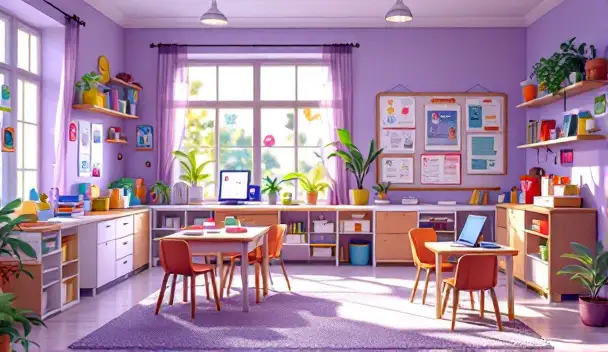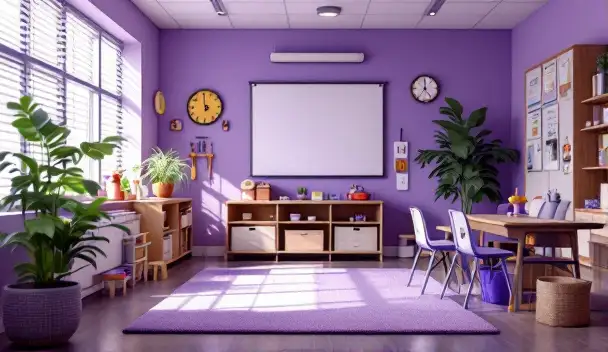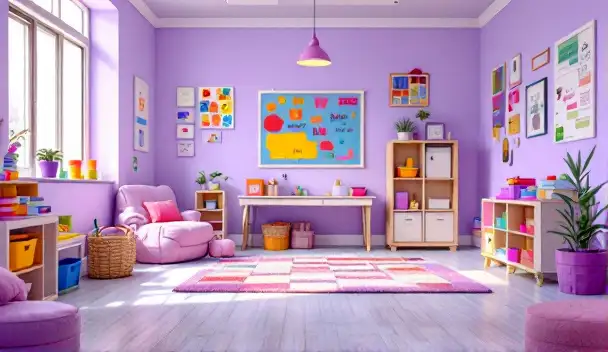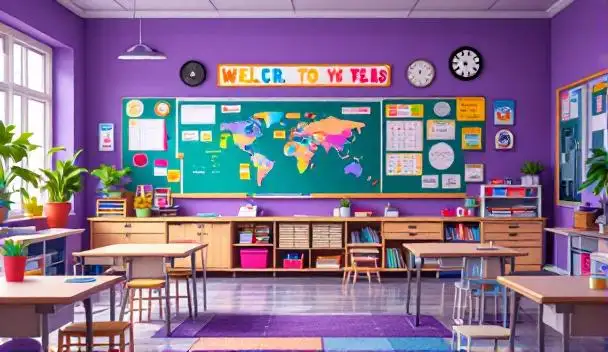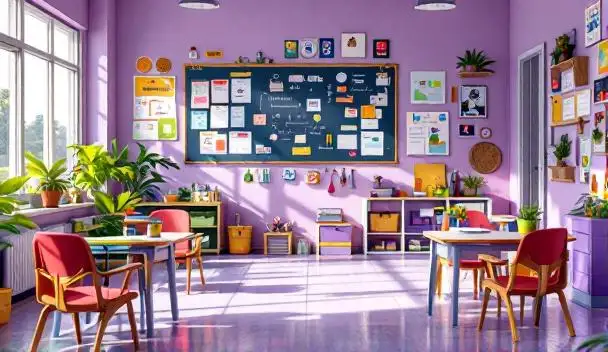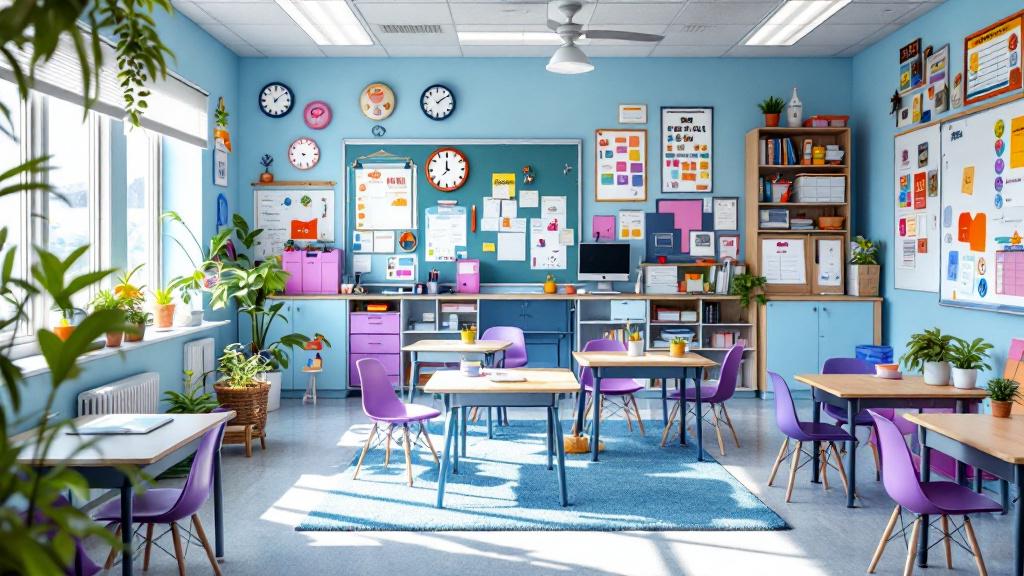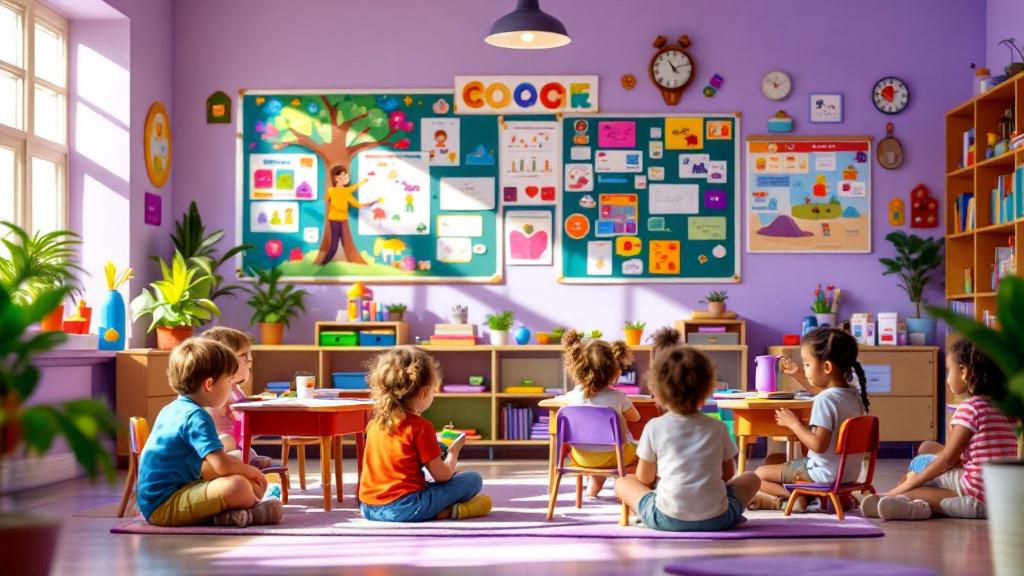Unlocking Potential Through Tailored Interventions
Home-based Applied Behavior Analysis (ABA) therapy has emerged as a vital approach in supporting children with autism spectrum disorder (ASD) to develop essential cognitive skills, including problem-solving. This personalized, environment-specific therapy not only fosters skill acquisition but also encourages independence, confidence, and adaptive functioning. By integrating evidence-based strategies within familiar settings, ABA therapy offers a practical and effective pathway for children to navigate everyday challenges and thrive in their daily lives.
Core Principles of ABA Therapy and Its Focus on Problem-Solving Development

What are the principles that underpin ABA therapy?
ABA, or Applied Behavior Analysis, is based on the science of behavior. It involves understanding how behaviors are learned and how they can be modified. At its core, ABA uses positive reinforcement to encourage desired behaviors, rewarding children when they demonstrate skills or appropriate responses. This systematic approach includes techniques such as task analysis, which breaks complex skills into smaller, manageable steps, and prompting, which guides children through tasks using cues or visual aids.
Therapists regularly monitor progress through data collection and adjust interventions accordingly. Reinforcement, whether through praise, tangible rewards, or preferred activities, motivates children to practice new skills and behaviors consistently. These principles make ABA effective for developing a wide range of skills, including communication, social interactions, daily living skills, and problem-solving.
How does ABA support cognitive skills development?
ABA strategies are tailored to support and enhance cognitive skills like attention, memory, and problem-solving. By creating structured learning environments, applying clear and consistent routines, and using visual supports such as checklists or schedules, children learn to follow sequences and make decisions. For example, task analysis helps children understand how to approach complex tasks by breaking them down into smaller steps.
In addition to direct teaching, ABA promotes the development of critical thinking by encouraging children to analyze situations and choose appropriate responses. Using role-playing and scenario-based activities, children practice problem-solving in safe, supportive settings. Over time, these methods help children generalize their skills across different environments, facilitating real-world application.
Why are individualized therapy plans important?
Every child has unique strengths, challenges, and learning styles. ABA therapy is highly personalized, with qualified behavior analysts designing programs based on comprehensive assessments. These plans set specific, measurable goals for each child's development, including problem-solving abilities.
Customization ensures that interventions are relevant and engaging, increasing the likelihood of success. Continuous data collection allows therapists to track progress and make data-driven adjustments. Involving families in training and routines enhances consistency across home, school, and therapy settings, supporting the generalization and maintenance of skills. Ultimately, personalized ABA plans maximize each child's potential for growth in problem-solving and other essential life skills.
Techniques and Strategies Used in ABA Therapy to Build Problem-Solving Skills

What methods does ABA therapy employ to enhance problem-solving abilities in children?
ABA therapy uses a variety of methods to help children with autism develop their problem-solving skills. A central approach is task analysis, which involves breaking down complex skills into smaller, manageable steps. This structured method makes it easier for children to learn and master each component, fostering independence and confidence.
Another crucial technique is modeling and prompting. Therapists demonstrate desired behaviors or responses, showing children how to complete a task. Prompting may include cues, visual aids, or gestures to guide the child through the steps. Over time, prompts are gradually faded, encouraging children to perform tasks independently.
Reinforcement plays a vital role in motivating children. Using positive rewards such as praise, favorite toys, or engaging activities, ABA therapists encourage children to practice and refine their problem-solving behaviors. This reinforcement helps solidify learning and builds intrinsic motivation.
ABA also incorporates Natural Environment Teaching (NET) and play-based methods like Pivotal Response Treatment (PRT). These strategies involve teaching skills within real-world contexts that are interesting and relevant to the child. Playing games or engaging in everyday routines makes learning both effective and enjoyable, which increases the likelihood of skill generalization.
Additional techniques include role-playing, matching games, and sensory activities. These activities promote critical thinking, observation skills, and flexibility— all essential components of effective problem-solving. By integrating these methods, ABA therapy creates a comprehensive framework that supports children in developing their ability to analyze situations, make decisions, and solve problems across different settings.
How ABA Supports Cognitive Growth and Independence in Children with Autism

What role does ABA therapy play in helping children with autism develop cognitive skills like problem-solving?
ABA therapy significantly contributes to the development of cognitive skills, including problem-solving, in children with autism. This approach provides structured learning environments where children are encouraged to learn in small, manageable steps. Techniques such as discrete trial training (DTT) and pivotal response training (PRT) break down complex skills into simple components, making it easier for children to grasp and practice.
Using these methods, therapists collect detailed data on each child's progress, allowing for tailored interventions that meet individual needs. Rewards and positive reinforcement motivate children to practice new skills regularly, fostering confidence and independence.
Research shows that early, intensive ABA programs can lead to notable improvements in cognitive abilities, including problem-solving. The structured yet flexible nature of ABA encourages children to think independently, try solutions, and develop critical thinking skills—all essential for everyday challenges.
The Role of Consistency and Family Involvement in Reinforcing Problem-Solving Skills at Home
How does ABA therapy support the development of problem-solving skills in children?
ABA therapy promotes problem-solving skills through targeted strategies such as scenario-based activities, role-playing, modeling, visual schedules, and positive reinforcement. These methods help children analyze situations, make decisions, and develop critical thinking capabilities.
Using visual tools like checklists and schedules enables children to follow step-by-step instructions, helping them navigate routines and challenges independently. Reinforcing successful problem-solving behaviors encourages children to try new approaches and build confidence.
In addition, ABA incorporates natural environment teaching and discrete trial training to promote the generalization of problem-solving skills across various settings. By gradually increasing the complexity of tasks and rewarding progress, children learn to approach everyday challenges with more independence and confidence.
Overall, ABA’s individualized approach, reinforced consistently at home and in other settings, supports children in developing essential problem-solving abilities that enhance their daily functioning and long-term growth.
Home-Based ABA Therapy: Advantages and Implementation Strategies

What are the benefits of home-based therapy?
Home-based ABA therapy offers a comfortable and familiar environment for children with autism, which can reduce anxiety and make learning more effective. Providing therapy at home allows families to be actively involved in the treatment process, reinforcing skills throughout daily routines. It also offers convenience, reducing travel time and exposure to illness, which is especially important during health concerns.
This setting facilitates the teaching of essential life skills, such as dressing, preparing meals, and managing money, in the context where these skills are used. The consistency across home and daily environments supports better generalization of skills, making them more functional and sustainable over time.
Many children benefit from the natural environment of their home, which helps in practicing problem-solving and independent living skills. Parental participation in therapy sessions further enhances learning and helps maintain progress outside of formal sessions.
How does ABA support skill generalization in natural settings?
Generalization — applying learned skills across different situations and environments — is a core focus of ABA therapy. In home-based settings, children practice skills in real-life contexts, such as mealtime or grocery shopping, which helps them transfer these skills to other environments like school or community settings.
ABA uses strategies like task analysis to break complex skills into manageable steps, teaching children to perform them in natural routines. Visual aids, checklists, and schedules in the home support children in following routines and learning new skills. Repetitive practice in familiar settings promotes independence and confidence.
To ensure skills stick, therapists encourage practicing in various locations and situations and involve family members to reinforce learning consistently.
How are parents and caregivers trained to support ABA at home?
Training parents and caregivers is vital for the success of home-based ABA therapy. Qualified behaviour analysts teach families how to implement intervention strategies, use reinforcement effectively, and assist with prompting and fading cues to promote independence.
Parents learn to use positive reinforcement like praise, rewards, and providing choices to motivate children. They are also trained to utilize visual aids and establish routines that encourage skill practice. Regular coaching sessions and ongoing support enable families to adapt strategies as their child's needs evolve.
By actively participating, families help reinforce skills and encourage problem-solving in everyday situations, boosting the child's confidence and independence.
| Aspect | Details | Importance |
|---|---|---|
| Benefits of Home-Based Therapy | Familiar environment, family involvement, reduced travel, tailored learning | Enhances comfort, convenience, and consistency |
| Skill Generalization | Practice across settings, task analysis, visual aids | Ensures skills are useful in daily life |
| Parent and Caregiver Training | Strategy instruction, reinforcement, visual supports | Promotes ongoing skill development and independence |
Promoting Generalization and Maintaining Skills Through Ongoing Practice

How does ABA therapy promote the generalization of skills across different environments?
ABA therapy emphasizes the importance of teaching children skills in various real-world settings to ensure they can use these abilities in everyday life. Techniques like natural environment training (NET) and play-based interventions such as Pivotal Response Treatment (PRT) help children practice skills in contexts that mimic their daily routines. Consistent use of these methods across home, school, and community settings supports children in applying what they learn in a variety of situations.
Furthermore, involving family members and caregivers in the therapy process ensures that approaches remain consistent outside the therapy setting. This collaboration increases the likelihood that children will transfer and generalize skills like communication, social interactions, and problem-solving across different environments.
Why is ongoing reinforcement and practice crucial for skill maintenance?
Reinforcement plays a vital role in helping children retain and refine their skills over time. ABA therapy frequently uses positive reinforcement—such as praise, preferred toys, or additional playtime—to motivate children to continue practicing and applying new skills. Regular practice, combined with reinforced success, helps embed these skills into the child's routine, making them more automatic and independent.
Continuous reinforcement isn't limited to formal therapy sessions; it extends into daily life and natural settings. Reinforcing skills in various contexts strengthens their transferability and encourages a child's confidence in using these abilities independently.
What is the role of visual aids and assistive technologies in maintaining skills?
Visual tools like checklists, schedules, and picture cards help children follow routines and understand what is expected of them. These aids make it easier for children with autism to navigate daily tasks, such as self-care or problem-solving scenarios, by providing clear, visual cues.
Assistive technologies, including apps, communication devices, and interactive software, further support independence. These tools reinforce learning by offering consistent prompts and feedback, adapting to the child's pace, and accommodating individual needs. Together, visual aids and assistive technologies help sustain skill development and promote ongoing progress in self-help, communication, and problem-solving.
Empowering Families and Fostering Growth at Home
Home-based ABA therapy offers a comprehensive and adaptable approach to nurturing problem-solving skills among children with autism. By leveraging personalized strategies, consistent routines, and active parental involvement, families can create a supportive environment that encourages critical thinking and independence. The integration of visual tools, reinforcement, and real-life practice ensures the generalization and sustainability of skills, equipping children to face everyday challenges confidently. Ultimately, home-based ABA empowers families to be active participants in their child’s developmental journey, fostering lasting growth and improving quality of life.
References
- How Can ABA Therapy Help a Child With Autism? | UTBS
- How ABA therapy can help children with autism develop ...
- ABA Therapy for Kids: Building Problem-Solving Skills
- Why Home-based ABA Therapy Is A Gamechanger
- Applied behavioral analysis for the skill performance of children with ...
- Treatment and Intervention for Autism Spectrum Disorder - CDC
- Applied Behavior Analysis in Children and Youth with Autism ...
- The 10 Best Techniques Used In ABA Therapy? - The Play Base
- 7 Real-World ABA Therapy Examples, Activities & Their Benefits
- Modern Rigid ABA Therapy Techniques












